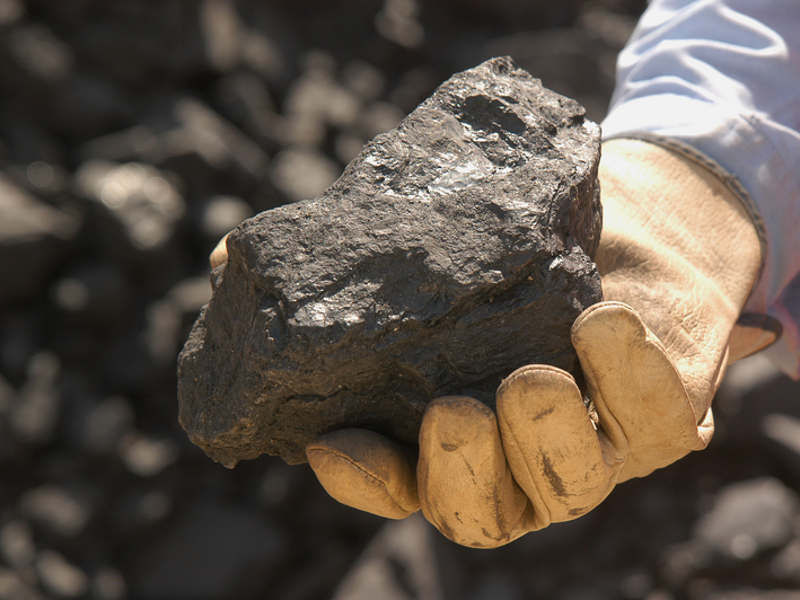Grassy Mountain coal project is a proposed open-pit metallurgical coal project in a legacy coal mining area near the Crowsnest Pass in south-west Alberta, Canada.
The integrated coal project will involve the construction of a coal handling and processing plant and associated infrastructure such as a coal conveyor system and a rail load‐out facility. Initial capital expenditure on the project is estimated to be $580m
The Grassy Mountain coal property is owned by Riversdale Resources, which proposes to construct and operate the mine through its wholly-owned subsidiary Benga Mining.
The project is currently under review by provincial and federal governments. Riversdale Resources hopes to obtain necessary regulatory permits and start construction on the project in 2019.
Project Gallery
The project is expected to produce up to four million tonnes of high-quality metallurgical coal a year over its estimated 24-year mine life, starting from 2021.
Grassy Mountain coal project site history
The Grassy Mountain coal property is located approximately 150km south of Calgary and 7km north of Blairmore. It, encompasses approximately 2,800ha in the Crowsnest Pass, an area known for extensive coal mining history starting from the 19th century.
The Grassy Mountain property also witnessed significant surface and underground coal mining in the past.
The company acquired the property from a 50:50 joint venture of Devon Canada and Consol Energy, in 2013. Riversdale then initiated coal exploration programme, with the main objective of confirming coal quality and quantity on the Grassy Mountain property.
Grassy Mountain geology
The Grassy Mountain coal mine forms part of the Mist Mountain Formation within the Rocky Mountain Natural Region.
The medium volatile bituminous coal seams of the project outcrop in north-south direction along a strike length of 7km.
The property is amenable for open-pit surface mining due to the continuity of near-surface coal seams along the strike.
Mining and processing at the Grassy Mountain coal project
The Grassy Mountain will be a conventional open-pit mining operation involving drilling, blasting and hauling. The rock above the coal will be excavated and sent to designated waste rock disposal areas both inside and outside the pit.
The extracted coal from the open-pit will be hauled to the run-of-mine (ROM) raw coal dump station at the nearby coal handling and processing plant (CHPP), using large-scale mining trucks.
The raw coal will then be sized and fed into one of the two coal processing plant (CPP) modules for screening, cleaning and dewatering.
Each CPP module will have its raw coal, rejected coal and product coal handling facilities and will be designed to produce two million tonnes (Mt) of high-quality metallurgical coal a year by processing 535t of raw coal an hour.
The final coal product from the product coal stockpiles will be transported by an overland enclosed conveyor to a 350t load-out facility close to the existing Canadian Pacific Railway track near Coleman, Alberta.
Coal from the load-out facility will then be railed to marine terminal facilities on British Columbia’s west coast, for shipping to customers in the Asian coking coal market.
Coal production at Grassy Mountain
Grassy Mountain coal project is planned to be developed in two phases, with the first phase expected to commence operation in 2021, producing two million tonnes of coking coal a year (Mtpa).
The second phase will add another 2Mtpa production capacity to the project.
Infrastructure facilities for Grassy Mountain coal project
The mine site will be accessible by a 7km new access road connecting the provincial Highway-3 near Blairmore.
The project is estimated to require 850,000m³ of water a year, which will be met through surface as well as groundwater sources in the South Saskatchewan River Basin.


